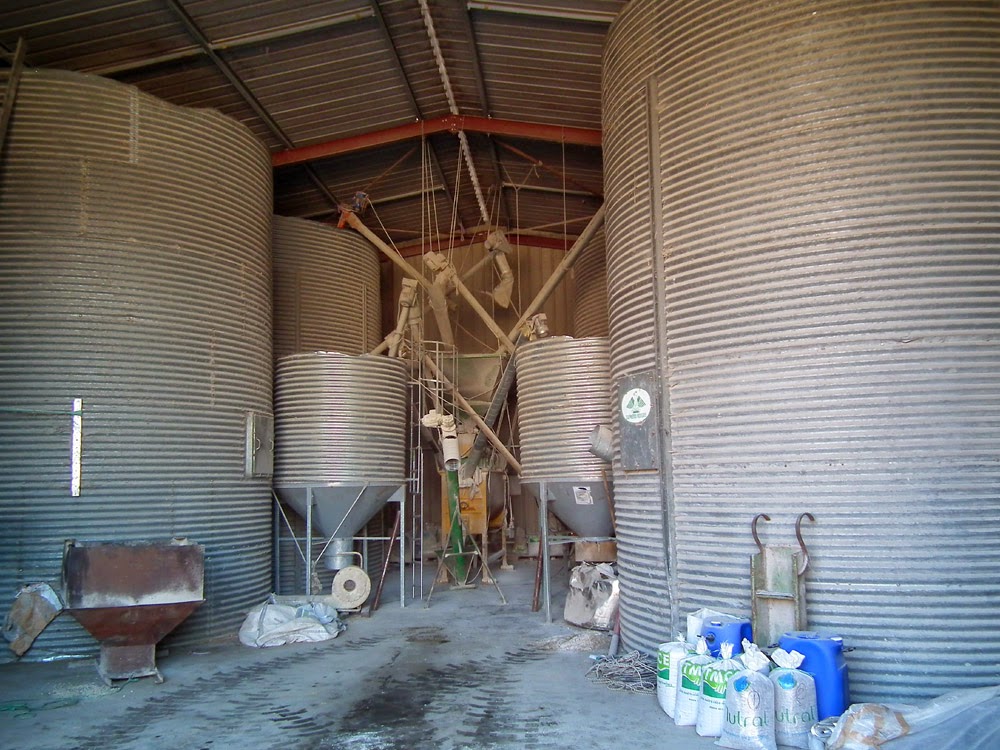... but at the moment it's only spring one day at a time. We have had some lovely sunny days, and a few crisp mornings, but these have been interspersed by wet, windy and cold days. Luckily, I think countryside can look lovely, even in the middle of a squall.
Unfortunately, you don't get the full effect of the softness of this photo, because Google (who own blogger) have a deliberate policy of ruining people's photos by over saturating, over contrasting, and sharpening any photo posted to blogger. They call this "auto awesome" and there appears to be no way of avoiding it. (There are many pieces of advice on the internet as to how to do it, but they all involve signing up to Google+. I tried it, it doesn't work). They have been doing this since about two weeks before I stopped blogging regularly in 2013.
The original of this photo looks like this: (I can do this because I have loaded the photo to our website server, not blogger)
It's subtle, but obvious: especially when you compare the two side to side. (It's even more obvious when you click on the photo and view in full size)
So if you have a blog and your photos just don't look right, don't blame your camera or your computer, blame someone at Google with the tastes of a child who thinks that everything should look like a computer game.
To see what this really means, this picture is identical to our blog header - in fact, it is our blog header, but loaded into blogger instead of our own server.
You will notice that instead of the photo backgrounds being the same colour as the blog backgrounds the greens are much lighter, the slightly off white text is now white, and the grass is yellow, not green.
So if you have a blog and your photos just don't look right, don't blame your camera or your computer, blame someone at Google with the tastes of a child who thinks that everything should look like a computer game.
To see what this really means, this picture is identical to our blog header - in fact, it is our blog header, but loaded into blogger instead of our own server.
You will notice that instead of the photo backgrounds being the same colour as the blog backgrounds the greens are much lighter, the slightly off white text is now white, and the grass is yellow, not green.
Even better, each time you load the photo, it gets auto-awfulled - here I have downloaded the above photo from blogger and reloaded it again to blogger.
I could go on (and on, and on...) until you are unable to tell what the photo is. But I won't.
I do not blog often, and when asked why that is, I say that it's because I just do not like blogger. This is just one of the causes of that dislike.
********************************
Note from Susan: For those who like to know these things, the village in the top photos is Faye le Vineuse and the photo is taken from a hill behind Braslou. The smoke on the left in the middle distance is from a roadside still. We chatted with the owner, who was distilling red wine into eau de vie in one still and fermented plum pulp into eau de prune in a second. Some large plastic rubbish bins full of fermented pear pulp were waiting in the wings. His clients were extremely camera shy and no photos were allowed unfortunately. But Elizabeth and I were allowed to climb the steps to reach the top of the alembic and sample the eau de prune as it was piped into the second chamber of the still. Many thanks to Colin and Elizabeth for introducing us to this walk around Braslou.
















































